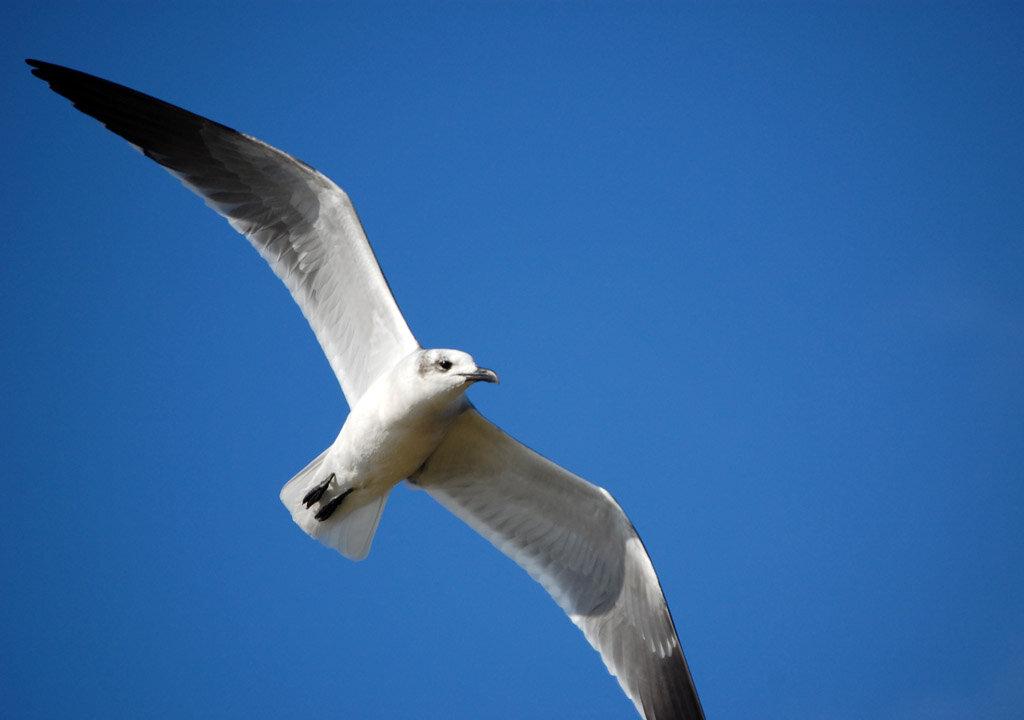Rather than asking people about the economic value of charismatic or endangered species, a new study asks city-dwellers about birds in their backyards and parks.
Researchers compared two types of common birds—finches and corvids—in Seattle and Berlin, asking residents how much they would pay to conserve the species and what they spend, if anything, on bird food.
In Seattle, the answer is $120 million a year and in Berlin, $70 million.

Thomas Quine/CC BY-SA 2.0




